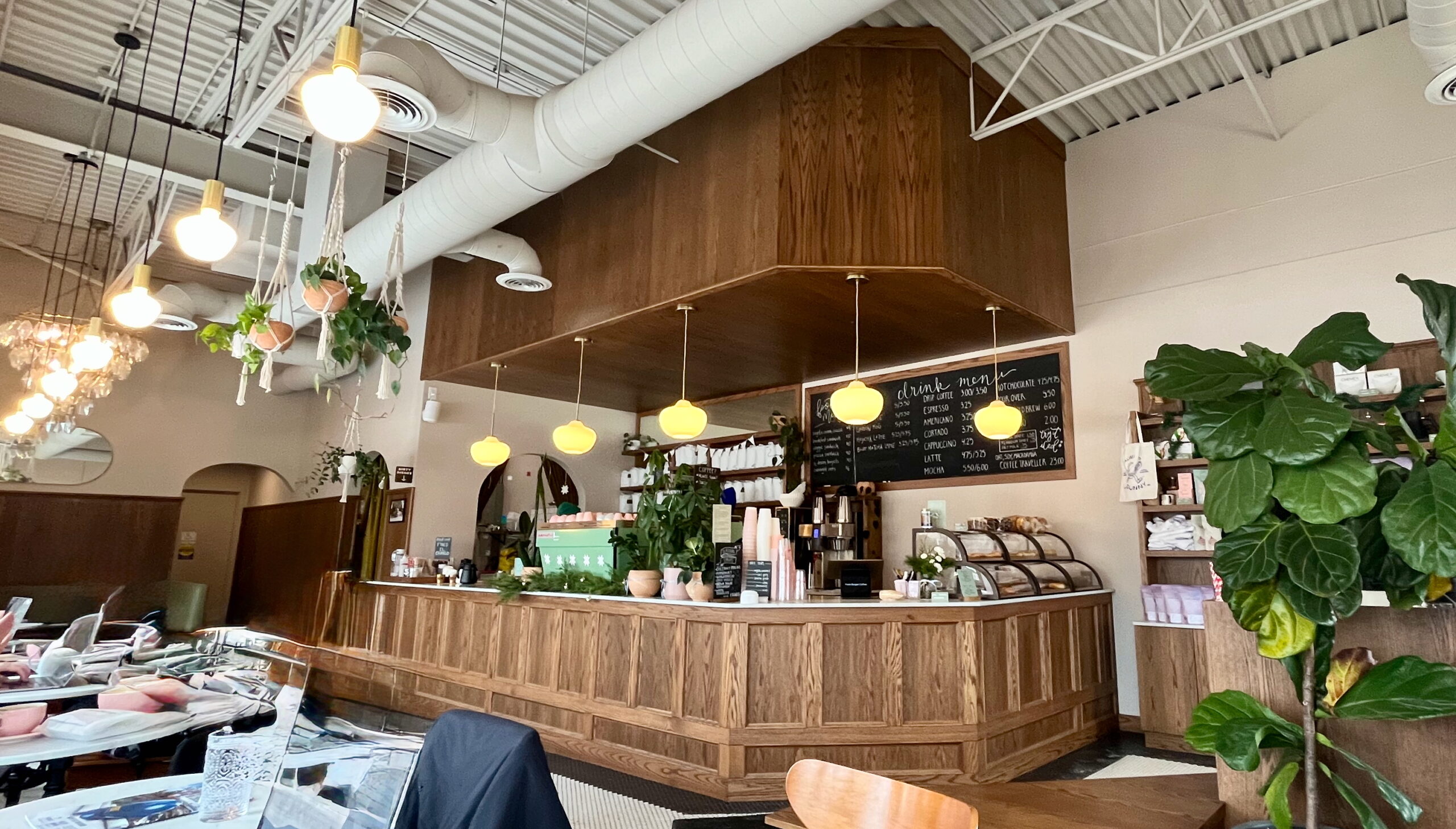Author: Ryan Neudorf
-
What is a “Note”?
A note is a sort of short blog post. But not really a blog post. I’ve been getting hung up trying to write these long, well researched blog posts and they just get stuck in draft for ages. Sometimes unpublished entirely. Notes are going to be these little thoughts. Silly lists, or semi-ephemeral things. I…
-
Portland
In September, I visited Portland to attend WCUS’24. I had intended on writing a post about the WordCamp but the events transpiring from Matt’s keynote really took the wind out of those sails. Instead, I’ll post some of the photos I took. Better late than never.
-
Thom Bargen, Tuxedo

Address: 2090 Corydon AvenueHours: 7 am – 8 pm weekdays, 8 am – 8 pm weekends Thom Bargen’s Tuxedo location is the fourth and newest in what has become a solid local 3rd-wave coffee chain. I was fairly excited when this location opened, it’s a short drive from my place and on a route I…